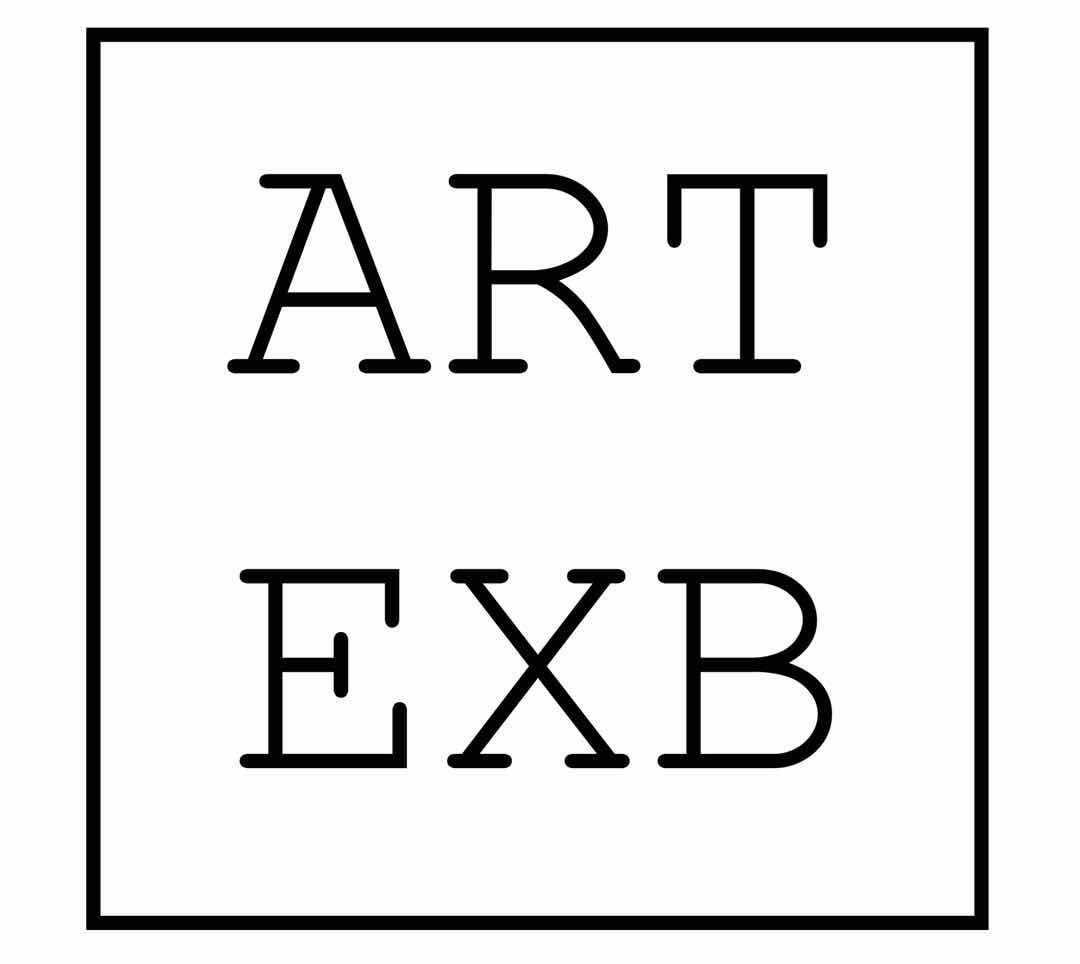画廊的二楼被两件视频作品占据。它们展示了庄辉 “摹写自然”或“直描自然”的过程。视频里,艺术家背对镜头,一个视频拍摄于夏天,另一个拍摄于冬天。在中国艺术史上,自然一直是艺术家们主要的描绘对象,但中国艺术家从来不直接摹写自然。 庄辉的绘画行为强调了他作为一名创作当代艺术的中国艺术家所必然面临的困境。一方面,他想与童年时代的风景建立联系,以此感受东方理念中作为艺术家的真正意义。但另一方面,这种艺术传统已沉睡百年,深埋于多年文化交换的复杂历史之下。
在画廊顶层,庄辉向该地区奇特的本地文化做了一次颇为私人性质的致意。在他拜访过的庙宇的壁画中,人与山都是按照同等尺寸表现的。人像坐在椅子上一样跨骑于山间,或是像在清晨起床一般从山中显现。祁连山区的人与风景之间的共生关系已经融合到难分彼此的程度——人已经成为山的一部分。 庄辉用色粉笔在手工纸上绘制的图像中,艺术家本人的肖像也进入构图,仿佛他幼年时的梦想成为了现实。
“庄辉·祁连山” 仅是艺术家实现关于山水风景的长期艺术计划的第一步。通过四年对祁连山地区的观察与体验,庄辉逐渐与这片在文化上哺育他,并在他的意识中沉睡多年的土地建立起了某种个人关系。
Galleria Continua is delighted to present the first solo show of Zhuang Hui, curated by Colin Siyuan Chinnery, in its Beijing space.
Throughout Chinese history there has been a tradition for scholars or artists to retreat into the mountains in order to escape the chaos of troubled times. Owing to China’s sheer amount of turbulent history, the landscape genre in painting has become one of the most central and enduring in Chinese culture. For Zhuang, being in nature means being outside of society, allowing him to contemplate something much older and larger than man, and leaving the every day logistics of society has been important for him to connect with something more fundamental than the subject matter he had become known for. To achieve this, Zhuang has been traveling to the mountains he saw growing up in Yumen – the Qilian mountain range.
Nearly all the works contained in Zhuang Hui: Qilian Range resulted from his trips to the Qilian Mountains and were made between 2014 and 2016. The works displayed in the main exhibition hall at Galleria Continua can be understood as a microcosm of Zhuang’s experiences in the mountains. Qilian Range – 03 consists of thousands of photographs taken during all his various trips to the region, each photo compressed to just a few pixels wide – a visual representation of his entire project up to this point. In stark contrast to this compressed abstraction, Qilian Range – 08, consists of seven monitors each showing the footage taken from small cameras left in the landscape for days or even weeks, activated only by nearby movement. During the day, the animals that trigger the motion sensors are often invisible, overwhelmed by the weather inflected landscape. But by night the animals seem to take over in the ghostly negative night vision, suggesting the existence of another world. A group of 30 photographs of mountain peaks silhouetted against vivid monochrome skies make up Qilian Range – 11. For each of the 30 images, the unnatural color of the sky has been selected to bring out the particular texture and color of the landscape photographed, creating a complementary clash between artist and nature. In the middle of all these seemingly disparate elements there stands a lone rock, Qilian Range – 12; an amazingly smooth conglomerate rock blows out steam from holes like a parody of natural phenomenon.
Two videos dominate the second floor. They show Zhuang performing the act of ‘drawing from nature’ or perhaps ‘drawing nature’ itself. He is shown with his back to the camera, one video during winter and the other during summer. Nature has been Chinese artists’ primary model throughout its art history, but Chinese artists never painted directly from nature. Zhuang Hui’s painting performance emphasizes the predicament he faces as a Chinese artist making contemporary art. On the one hand he wants to establish a relationship with the landscape of his childhood in order to connect with a fundamentally Chinese idea of what it means to be an artist. But on the other hand that tradition has been lying dormant for nearly a century, buried deep beneath a complex cultural interaction.
On the top floor of the gallery, Zhuang has added a personal homage to the strange indigenous culture of the region. Temple murals that he visited showed people and mountains of equal dimension, with people straddling mountain ranges as if sitting on a chair, or emerging out of a mountain like getting out of bed. The people of Qilian Mountains have a symbiotic relationship with their landscape to the extent that they have become indistinguishable from it, becoming a part of it. Zhuang has painted these murals using pastels on handmade paper, inserting his own image into their compositions, almost like one childhood dreams come to life.
The exhibition Zhuang Hui: Qilian Range is the first step in a long-term project engaging ideas of landscape. By spending six years simply observing and experiencing the Qilian landscape, Zhuang is gradually forming a personal connection with a part of his cultural heritage that has perhaps been lying dormant.
